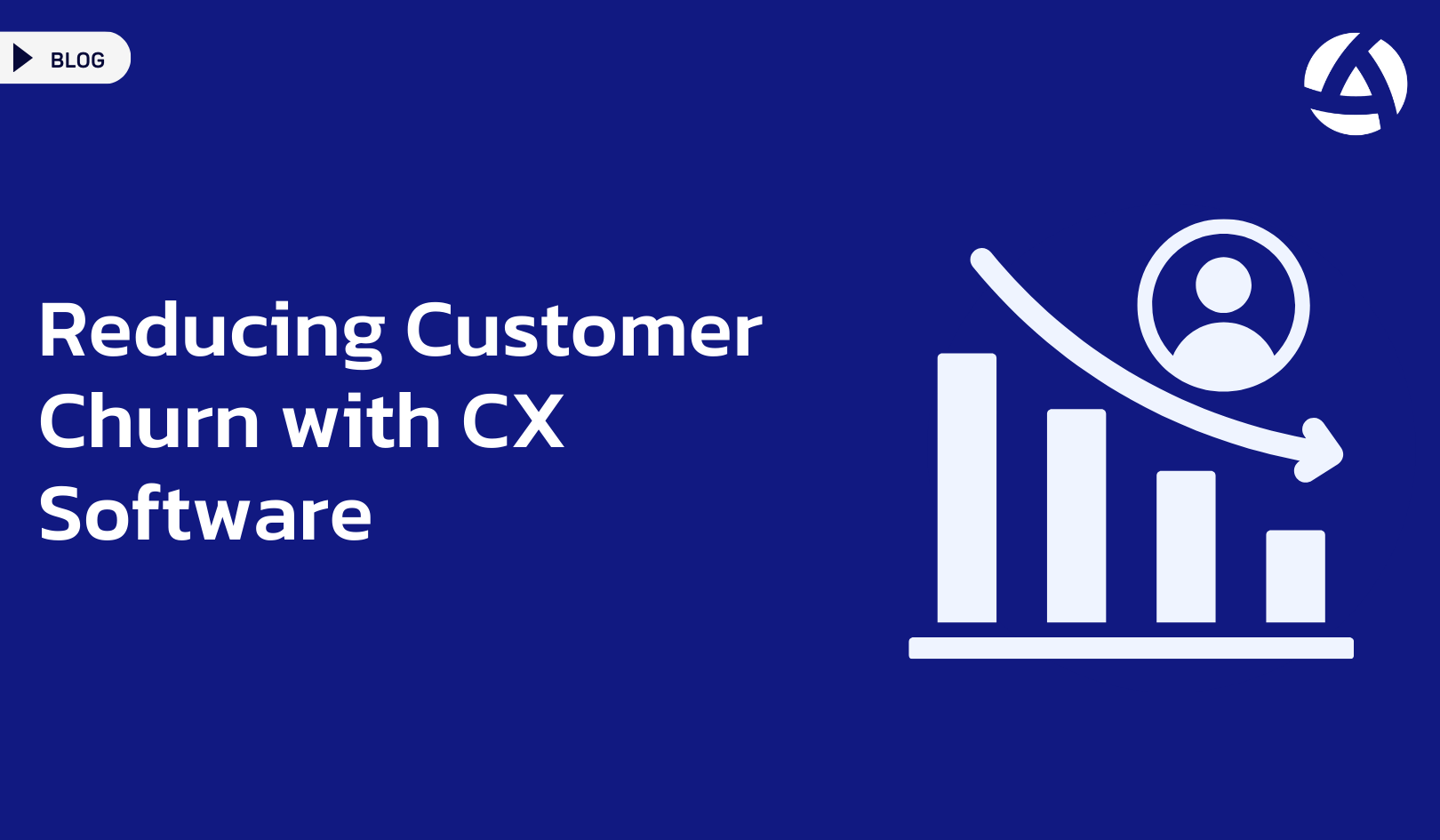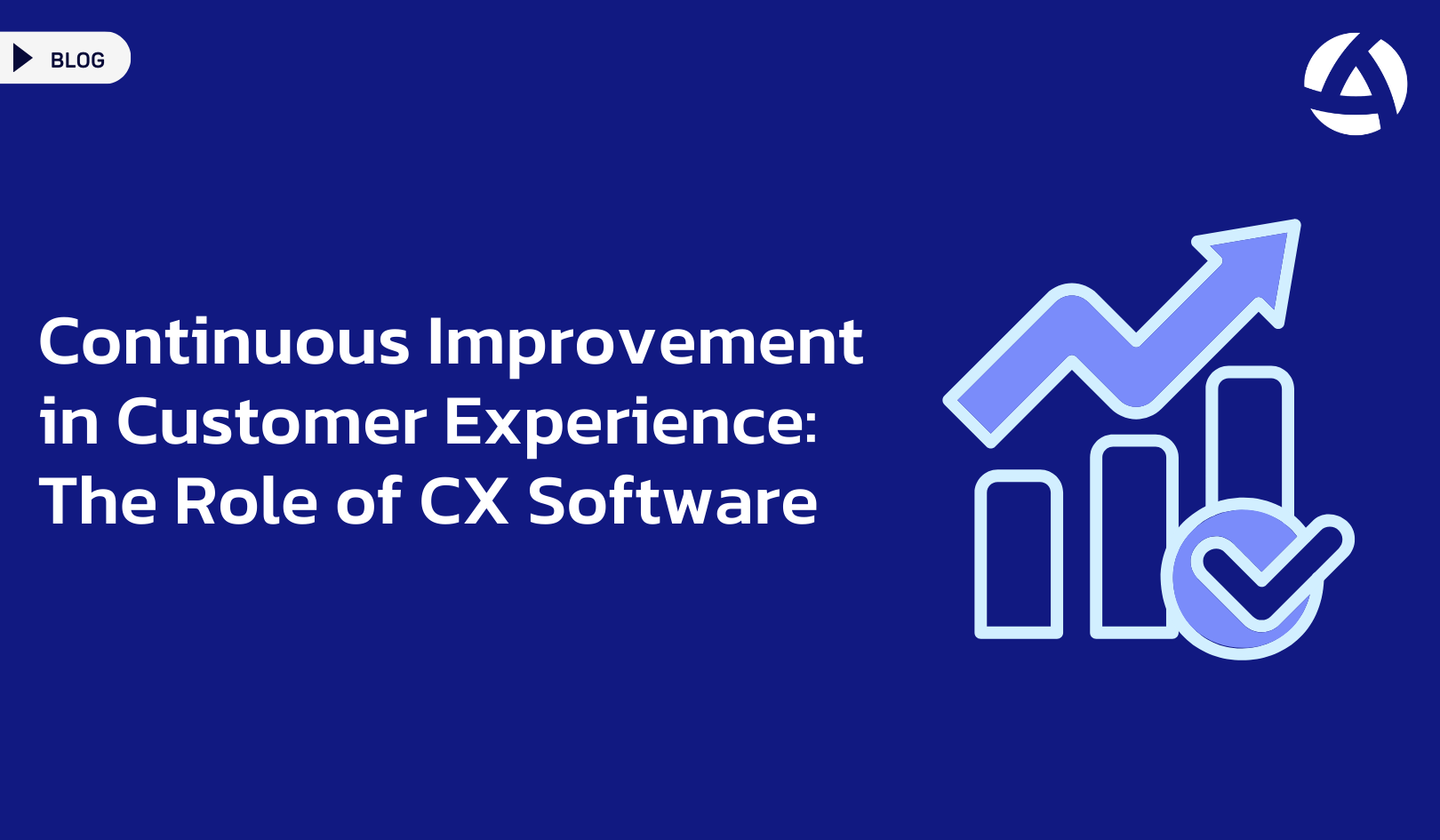Customer churn is a significant concern for businesses across all industries. Retaining existing customers is often more cost-effective than acquiring new ones, making churn reduction a critical focus for sustainable growth. One of the most effective tools for addressing this challenge is Customer Experience (CX) software. By leveraging CX software, businesses can gain valuable insights into customer behavior, identify pain points, and implement strategies to improve satisfaction and loyalty.
Understanding Customer Churn
Customer churn refers to the rate at which customers stop doing business with a company over a specific period. High churn rates can indicate underlying issues with customer satisfaction, product quality, or service delivery. To reduce churn, it is essential to understand the reasons behind it and address them proactively.
How CX Software Helps in Reducing Churn
CX software provides a comprehensive view of the customer journey, allowing businesses to monitor and analyze interactions across multiple touchpoints. Here are some ways CX software can help reduce customer churn:
1. Identifying Pain Points
CX software can track customer interactions and feedback across various channels, such as social media, email, and customer support. By analyzing this data, businesses can identify common pain points and areas where customers are experiencing difficulties. Addressing these issues promptly can enhance the overall customer experience and reduce the likelihood of churn.
2. Personalizing Customer Interactions
Customers appreciate personalized experiences that cater to their individual needs and preferences. Customer experience software enables businesses to segment their customer base and deliver targeted, personalized communications. By tailoring interactions based on customer behavior and preferences, businesses can foster stronger relationships and increase customer loyalty.
3. Proactive Customer Support
CX software can detect early signs of dissatisfaction by monitoring customer interactions and sentiment. Businesses can then take proactive measures to address issues before they escalate. For example, if a customer frequently contacts support with similar complaints, the business can reach out to offer assistance or solutions, preventing potential churn.
4. Enhancing Product and Service Quality
Feedback collected through customer experience software provides valuable insights into customer perceptions of products and services. By analyzing this feedback, businesses can identify areas for improvement and make necessary enhancements. Continuously improving product and service quality based on customer input can lead to higher satisfaction and reduced churn rates.
5. Measuring Customer Loyalty
Customer experience softwares often include tools for measuring customer loyalty, such as Net Promoter Score (NPS) and Customer Satisfaction (CSAT) surveys. These metrics help businesses gauge customer sentiment and identify at-risk customers. By understanding the factors that drive loyalty, businesses can implement strategies to strengthen customer relationships and reduce churn.
Implementing a CX Strategy to Reduce Churn
To effectively reduce customer churn using CX software, businesses should implement a well-defined CX strategy. Here are some key steps to consider:
1. Set Clear Objectives
Define specific goals for your CX strategy, such as reducing churn by a certain percentage or improving customer satisfaction scores. Clear objectives provide direction and enable you to measure the success of your efforts.
2. Collect and Analyze Data
Utilize CX software to collect data from various customer touchpoints. Analyze this data to gain insights into customer behavior, preferences, and pain points. Use these insights to inform your decision-making and strategy development.
3. Personalize Customer Engagement
Leverage the capabilities of CX software to deliver personalized experiences. Segment your customer base and tailor interactions based on individual preferences and behaviors. Personalization can significantly enhance customer satisfaction and loyalty.
4. Act on Feedback
Regularly review customer feedback collected through CX software. Identify common themes and recurring issues, and take proactive steps to address them. Demonstrating that you value and act on customer feedback can strengthen customer relationships.
5. Monitor and Adjust
Continuously monitor the effectiveness of your CX strategy using the metrics provided by your customer experience software. Be prepared to adjust your approach based on the insights gained and evolving customer needs.
Conclusion
Reducing customer churn is crucial for business success, and CX software provides the tools and insights needed to achieve this goal. By understanding customer behavior, personalizing interactions, and addressing pain points proactively, businesses can enhance customer satisfaction and loyalty. Implementing a robust CX strategy powered by customer experience software can lead to significant reductions in churn rates, fostering long-term growth and success.




